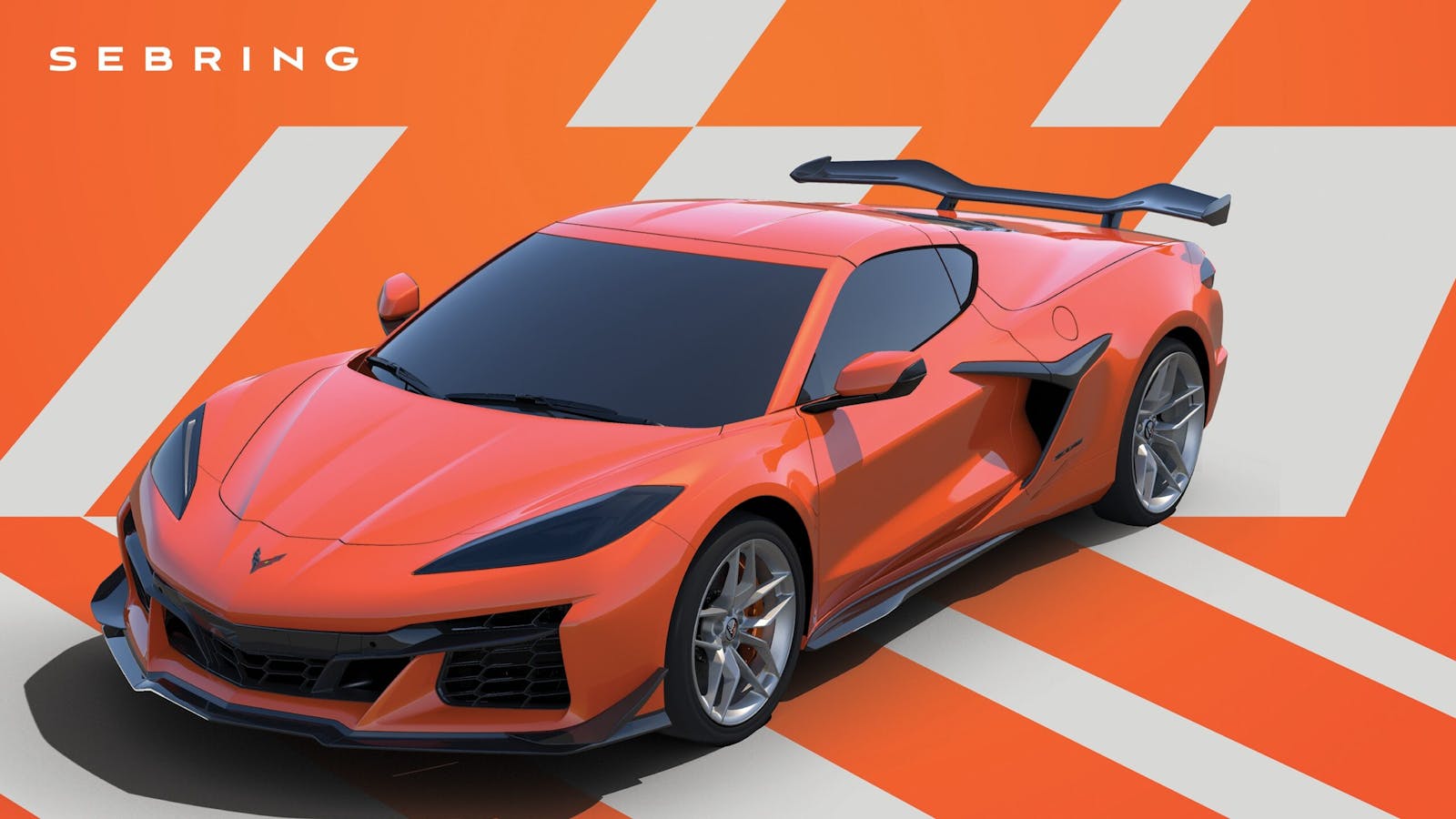ICON unveils a 1965 Kaiser Jeep Wagoneer that Brooks Stevens would love
ICON has done it again. Led by founder/lead designer Jonathan Ward, ICON’s team of renowned “reimaginators” unveiled a 1965 Kaiser Jeep Wagoneer that both remains true to the original and improves on the original. Ward recently released a 16-minute video detailing the mindset behind the project and the work that went into it.
As Ward explains, keeping designer Brooks Stevens on staff after Kaiser Frazer and Willys-Overland merged and became Willys Motors may have been the single greatest decision the newly formed company made. The Jeep SJ Wagoneer was the successor to the beloved Willys Wagon and was one of Stevens’ greatest designs. He is also the genius behind the Harley-Davidson Hydra-Glide and iconic Oscar Mayer Wienermobile.
Ward calls Stevens’ Wagoneer design “magical” and notes that Brooks’ styling remained consistent for nearly three decades. Wagoneer production ended in 1991.
When a customer asked ICON to build the ultimate family beach machine, Ward says he chose an early Kaiser Jeep Wagoneer mostly because he preferred the look of the 1963–65 “shovel nose” front end over later iterations. “They have that lovely front grille that’s a hunched, moving-forward, masculine-and-aggressive design,” Ward explains.
As with all ICON builds, the classic body was mated to modern mechanicals. According to a press release, the vehicle was disassembled and its body digitally scanned to create a CAD file. Art Morrison Enterprises created a custom chassis from the CAD data, incorporating OE body-mounting locations but adding provisions for a modern multi-link suspension. The Wagoneer also has Custom Dynatrac Dana axles with Brembo brakes, capped by streetable 31.5-inch BFGoodrich all-terrains and custom 18×8 ICON/Circle Racing billet wheels that were painted body color and machined to accept factory hubcaps—Ward says the hubs are new-old stock he found on eBay.
20180523175909)
The Wagoneer is powered by a 420-horsepower GM E-Rod LS3. It has a Gearstar GM 4L80E automatic transmission and an Advance Adapters Atlas transfer case.
Inside, Ward used modern, durable, UV-stable vinyl from Knoll Textiles, with patterns inspired by 1960s styling. Redline Gauge Works adapted the factory analog gauges for modern digital signals. ICON replaced all plastic trim parts with aluminum, pewter, or stainless steel.
Ward says any exterior modifications are “super, super subtle.” Although the color is period-correct (but not model-correct) Land Rover Tamar Blue, he admits he took inspiration from German automotive colors from the 1950s. “There’s something about the sort of smoky, pastel color tone of that era that just works so well on such a range of vehicles. So that’s where we started, and then we blended a bit of this and dab of that. We’re really happy with it.”
20180523173641)
20180523174121)
20180523173426)
20180523173721)
Ward also added an understated 3M-vinyl “woodgrain” to the body panels. The finishing touch was replacing the Jeep logo in the grille with ICON’s lizard badge.
Ward has just one small regret. “We didn’t do the rear spoiler. I’m kind of thinking maybe we should have. You know what I’m talking about? We’d have a little wind deflector in the back. What do y’all think, should we have put one back there? Hmmm.”
We like it just the way it is.
20180523174039)
20180523173944)
20180523173457)
20180523173535)
20180523173600)
20180523173626)
20180523173657)
20180523173739)
20180523173757)
20180523174058)
20180523174141)
20180523174202)
20180523174225)
20180523174305)
20180523174327)
20180523174352)
20180523174415)
20180523174448)
20180523174742)
20180523174850)
20180523175027)
20180523175051)
20180523175441)
20180523175946)

